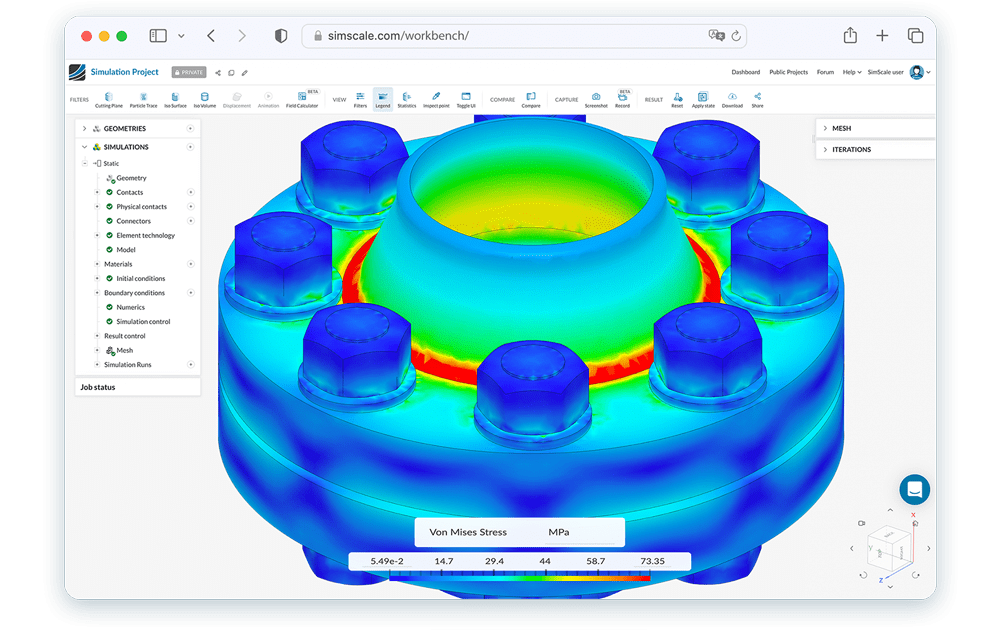
SimScale offers cloud-native structural analysis software that seamlessly integrates design, simulation, and analysis, all within your web browser. It empowers structural engineers and product designers to conduct comprehensive structural analysis early in the design process, making advanced simulations both technically and economically feasible for organizations of all sizes.
With SimScale, there’s no need for specialized hardware. The platform offers scalability, ease of use, and cost-efficiency whether you’re an individual user or part of a large engineering team. Access real-time support and collaborative tools to streamline your workflow and ensure project success.
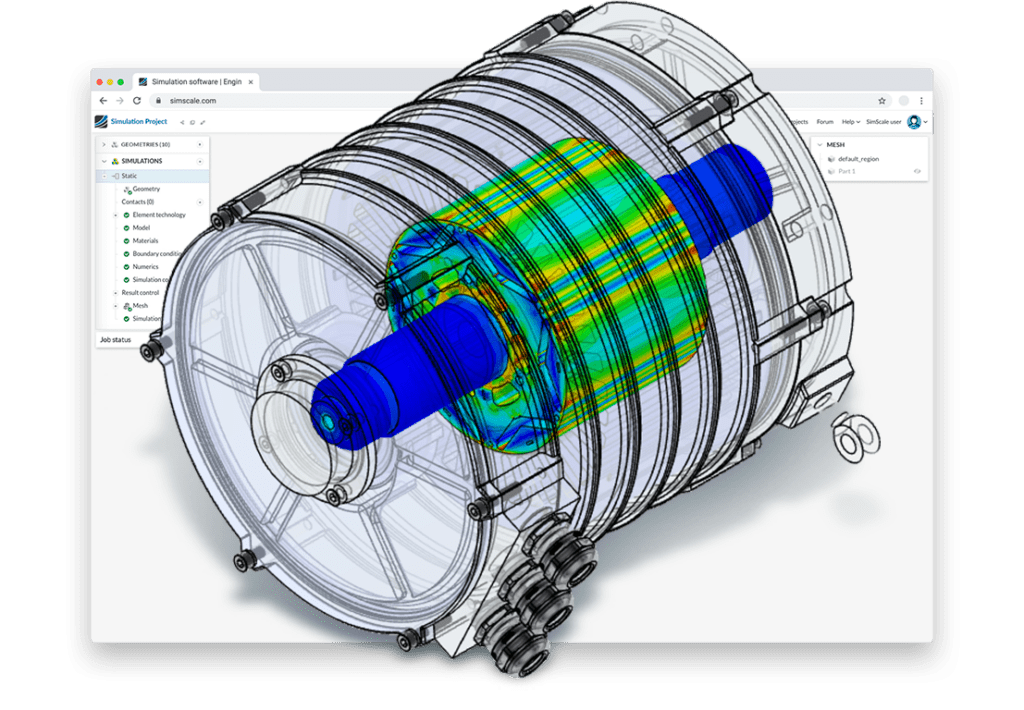
Engineers can now access Hexagon’s industry-leading Marc™ nonlinear finite element solver directly through SimScale’s cloud-native platform, offering advanced nonlinear analysis without requiring expensive hardware or IT support.
Gain early access to the combined power of SimScale and Hexagon’s Marc™ solver to see how cloud-native nonlinear analysis enhances your structural simulation workflows.
SimScale offers robust tools that integrate seamlessly with design and detailing workflows:
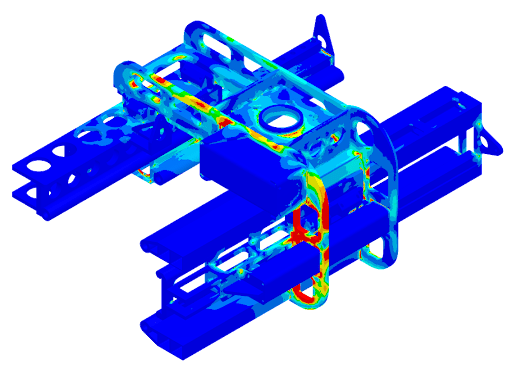
Compute static stresses and deformations of parts and assemblies with the help of powerful hybrid meshing and automated connections, all powered by large-scale, parallel computation. Take a step forward in the world of nonlinear statics by incorporating features like nonlinear contacts, and material models, and handling large deformations in your simulation setup.
Perform simulations of dynamic events where inertia plays a key role, such as how objects respond to shock loads or drops. Take advantage of SimScale’s parallel computation and unlimited result storage for these demanding simulations.

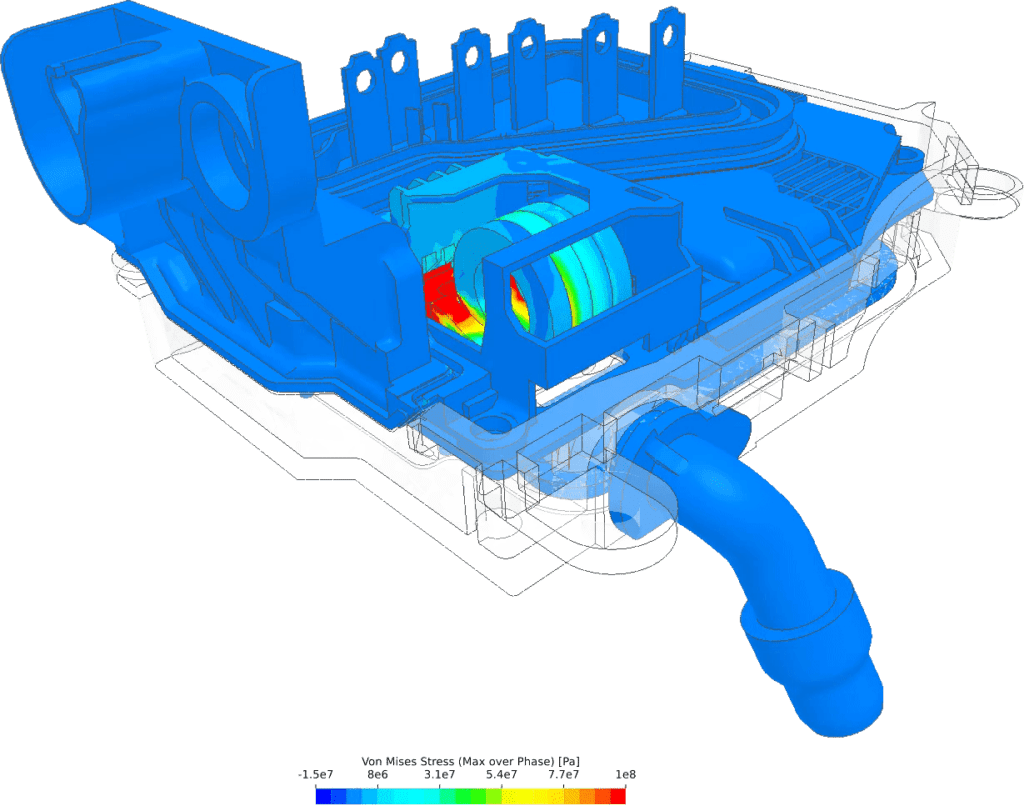
Identify the natural frequencies of your system with modal analysis—a method that helps understand the risk of resonance during operation. This approach provides insights into potential challenges and allows you to optimize the dynamic characteristics of your products, for example, maximizing the lowest eigenfrequencies to ensure that they fall outside of operational frequency ranges. Enhance vibration assessment with harmonic analysis and simulate real-world response to assess peak accelerations, stresses, and deformation in varying conditions.
Include thermal effects in your structural assessments using coupled thermomechanical analysis. This analysis allows you to calculate how your product responds to sudden temperature changes, considering temperature-dependent material properties. You also have the flexibility to incorporate nonlinear and dynamic structural behavior into the assessment for a more comprehensive understanding.
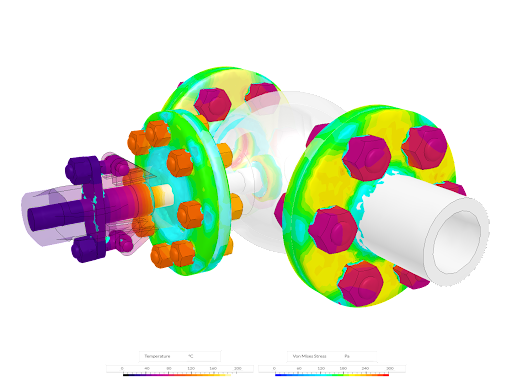
Customer Success
ITW, a global design & engineering firm, uses nonlinear static simulation and analysis to accelerate the development of plastic automotive fastening components. With SimScale, they reduced 10% of their R&D costs and 85% of insertion force.
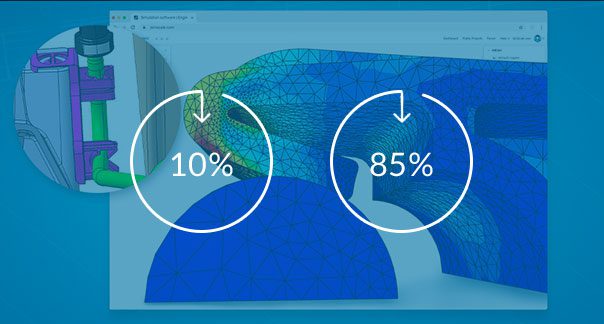

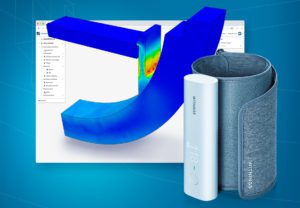
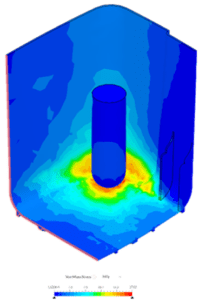

Check out other success stories from customers using structural analysis with SimScale.
See All StoriesSimScale leverages Code_Aster, an extensively validated open-source Finite Element Analysis (FEA) solver developed by EDF. This solver delivers:

Selecting the right structural analysis software is critical for ensuring accurate, efficient, and compliant designs. Here are key criteria to consider when evaluating your options:
By evaluating these criteria, structural engineers have confidently selected SimScale as the comprehensive, cloud-based structural analysis and simulation software that meets modern engineering demands.

Access step-by-step tutorials and guides to maximize the potential of SimScale in your workflow and connect with support engineers via chat to get the most out of our structural analysis and design.
Download our datasheet and learn how engineers designing and testing mechanical components and devices can leverage powerful features in SimScale to solve realistic structural mechanics problems dealing with static, dynamic, and thermal loading conditions.
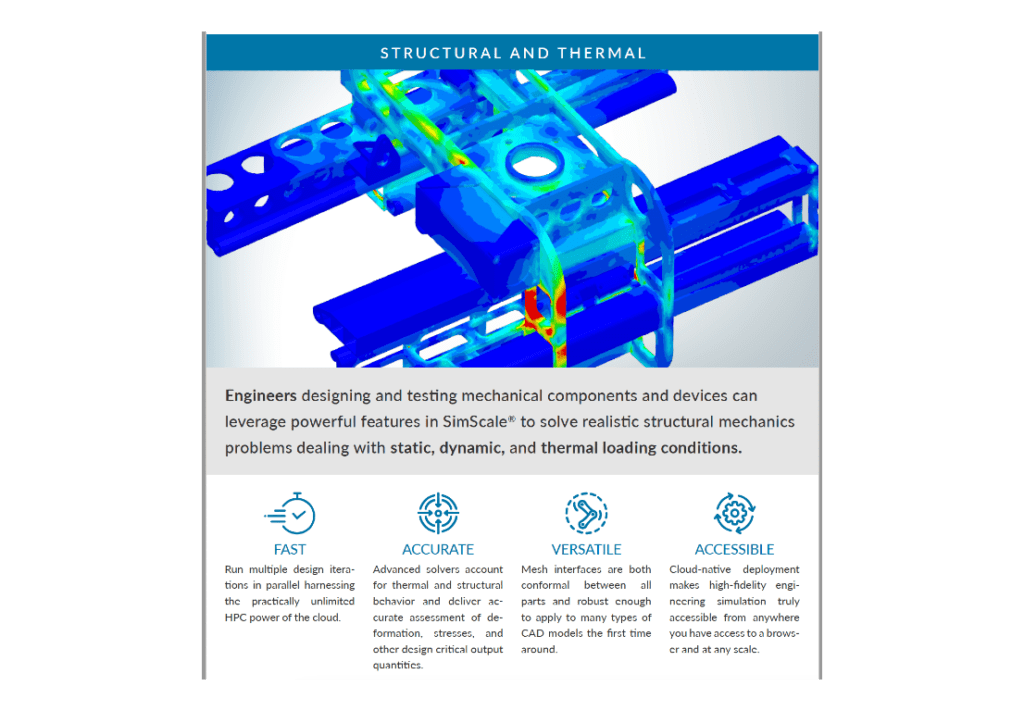
Experience industry-standard structural analysis software directly in your web browser. From static and dynamic analysis to thermomechanics, SimScale provides intuitive workflows and real-time support to drive your designs with accurate simulation insights.
Sign up for SimScale
and start simulating now